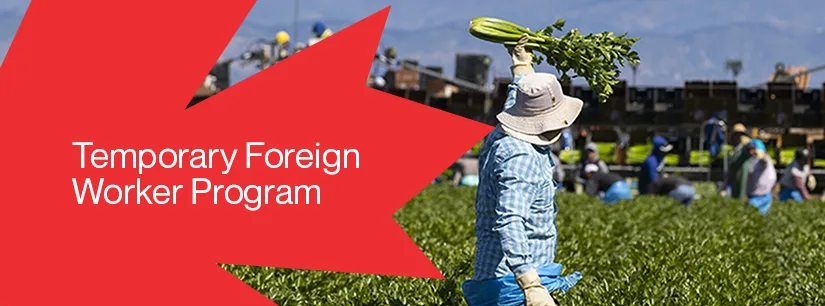Gatineau – The Temporary Foreign Worker (TFW) Program is designed as an extraordinary measure to be used only when qualified Canadians and permanent residents are not able to fill job vacancies. Given current labour market conditions, and to further reduce the reliance of Canadian employers on the Program, Randy Boissonnault, Minister of Employment, Workforce Development and Official Languages, announced changes to the TFW Program on August 26. Minister Boissonnault is announcing next steps and further details of the following changes that will become effective on September 26, 2024. Specifically:
- The 10% employer cap on temporary foreign workers under the Low-wage Stream of the TFW Program will apply across Canada, including occupations that fall under the Traitement Simplifié in Quebec. An exception will be made for employers seeking to fill labour shortages in the healthcare, construction, and food processing sectors, which will be permitted to keep a 20% cap.
- All Labour Market Impact Assessments (LMIAs) approved for Low-wage Stream positions will be limited to a work duration of a maximum of one year, including those processed under the Traitement Simplifié, except for occupations under the Primary Agriculture Stream.
- The Refusal to Process (RTP) policy will apply to all Census Metropolitan Areas (CMAs) with an unemployment rate of over 6%. An exception will be made for employers seeking to fill labour shortages in the healthcare, construction, and food processing sectors. The CMA unemployment rate information will be updated four times a year, when the first Labour Force Survey of each financial quarter is published. The list will be updated on the same day that the data is published.
Employers in Canada have a responsibility to invest in the full range of workers available in this country, such as young people, newcomers, and persons with disabilities, who are too often an untapped economic resource in Canada. They must also invest in retraining or upskilling to ensure that those they currently employ can adapt to the economy of the future. The Government of Canada will continue to work with businesses and organizations to help them find the workers they need and ensure that Canadian workers have the opportunities they deserve, by providing supports for training and education.
The Government of Canada will continue to monitor labour market conditions and introduce further adjustments to the Program as needed in the coming months to ensure that only employers with demonstrable labour market needs have access to the Program. Within the next 90 days, further review will be undertaken of the Program, which could result in changes to the High-Wage Stream, to existing LMIA applications for which positions have not been filled, to sectoral exceptions, or refusing to process other LMIA applications, including for rural areas.
“The Temporary Foreign Worker program was designed to address labour market shortages when qualified Canadians were not able to fill those roles. Right now, we know that there are more Canadians qualified to fill open positions. The changes we are making today will prioritize Canadians workers and ensures Canadians can trust the program is meeting the needs of our economy.” – Minister of Employment, Workforce Development and Official Languages, Randy Boissonnault








